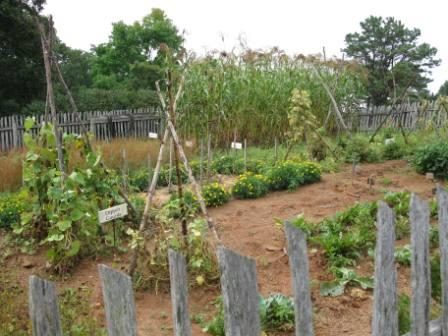Long before the arrival of European settlers, the Cherokee and other tribes in the mountains of the Southern Appalachians were cultivating pumpkins and tobacco and planting beans and squash among the corn. From the Spanish explorers of the 16th and 17th centuries, the native people acquired horses, cattle, peaches, and other crops.
By the time the early pioneers arrived in the region, Native Americans were living in agricultural societies of great complexity. Their influence on pioneers was profound, as the newcomers learned about native crops and adopted local methods of cultivation.
Each immigrant group brought over its own distinctive agricultural practices:

Scots-Irish
The Scots-Irish brought with them their preference for scattered single family farms. They learned the slash and burn technique of clearing the land from the Cherokee. They also burned off the high mountaintops to provide summer pastures for their livestock, resulting in the creation of the balds seen today throughout the region. A by-product of Scots-Irish agriculture was the introduction of whiskey-making.
Click to below to hear more in a Living Traditions Moment.
German
German immigrant farms differed greatly from those of the Scots-Irish. The Germans systematically cleared the land they settled, grinding stumps, piling stones to create walls, and bucking felled trees for firewood. They introduced notching techniques for log buildings, cantilevered barns, wooden shingles, and central chimneys.
English
The English introduced apple growing and sheep herding. English settlers also influenced local agricultural practices by bringing with them the framework of English law and a system of governance dominated by merchants and the business elite.
African
Africans, who first came to the mountains as slaves of European settlers, introduced melons, okra, peanuts, millet, yams, and dozens of medicinal plants.
Waldensian
A small group of Waldensian immigrants brought with them wine-making techniques from their homeland (northern Italy) and established the earliest viticulture practices in the foothills community now known as Valdese.
Other European settlers introduced wheat, rye, barley, oats, peas, and hogs, the latter of which thrived in the mountain climate and came to dominate the diet and rural economy.
The blending of these immigrant agricultural practices with Native American traditions in the Blue Ridge mountains and foothills of North Carolina resulted in a distinctive regional agricultural heritage.


